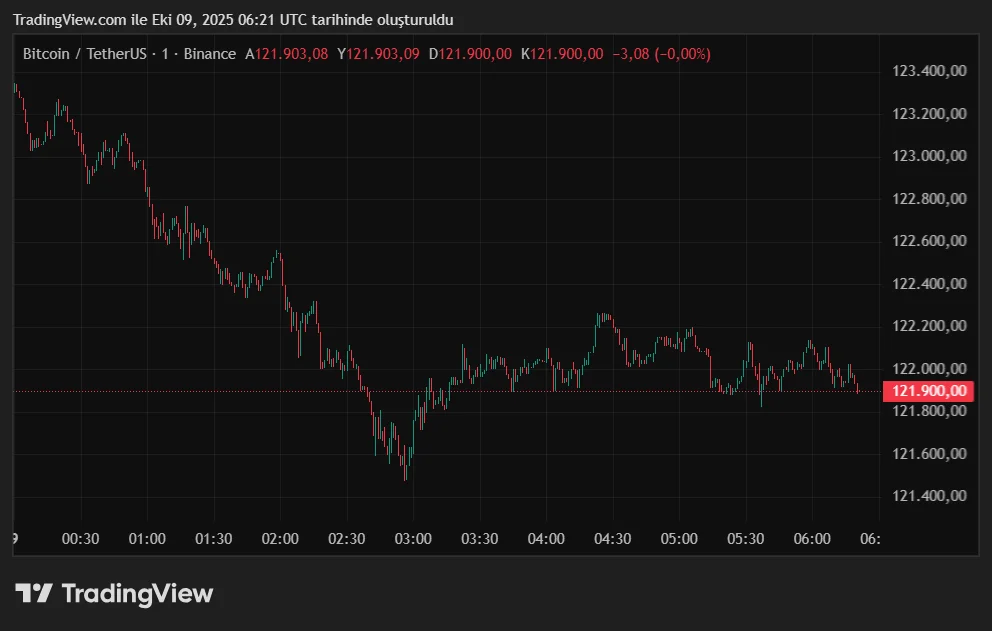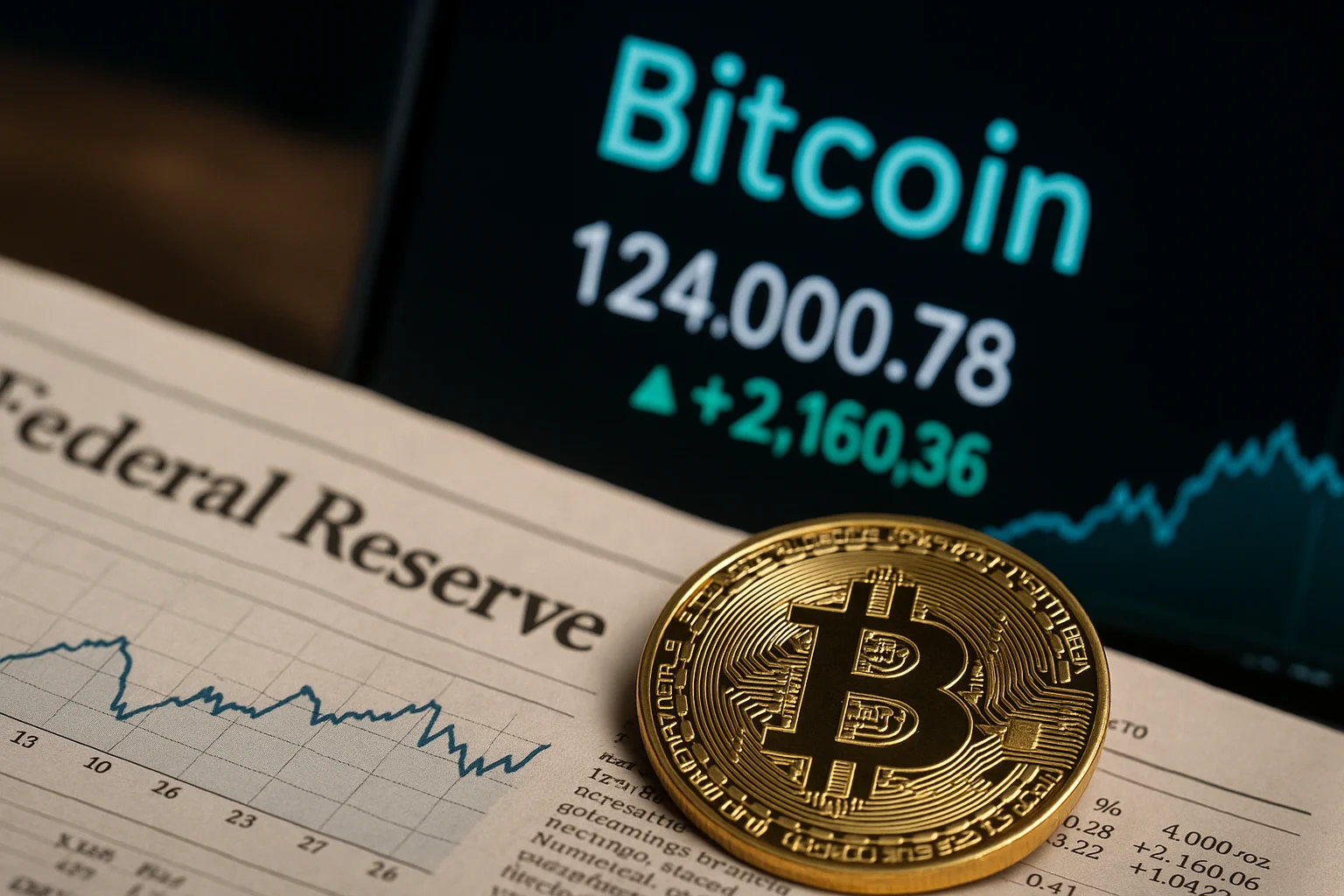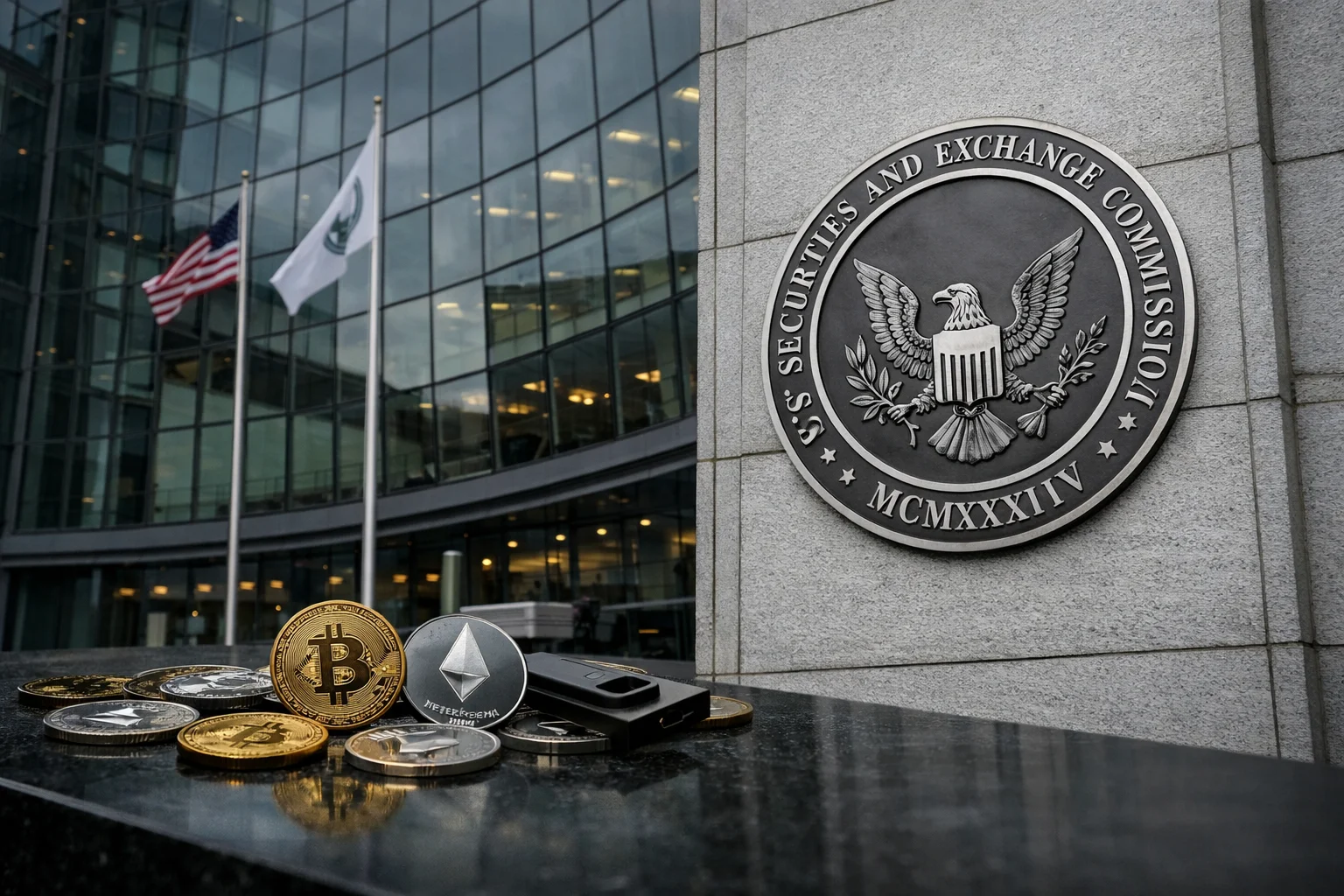The US Federal Reserve (Fed) announced plans for two additional interest rate cuts by the end of the year. According to the released meeting minutes, this decision was made by a narrow majority among Fed members; 10 of the 19 members supported the cut, while 9 advocated for more caution. With the quarter-point cut at the September meeting, the federal funds rate was lowered to a range of 4-4.25%.
Led by Fed Chair Jerome Powell, the board highlighted the weakening labor market and signaled that quantitative easing measures would continue. Despite this, the risk of a resurgence in inflation is worrying some members. The minutes stated, "A majority of participants assess that additional easing of monetary policy will be appropriate for the remainder of this year."
New member Stephen Miran attracted attention at his first meeting. Miran voted for a half-point cut instead of a quarter-point, becoming the sole dissenter. In his post-meeting statement, he said, "I'm just a dot on the chart," and he advocated for a more aggressive easing approach. However, some members argued that financial conditions were still tight and urged cautious progress.
The Fed minutes also emphasized that weakening in the labor market was the primary driver of the monetary policy shift. "Most participants observed that unemployment risks have increased and inflationary pressures have decreased in recent weeks," the minutes stated. This assessment suggests that the Fed is now focusing on stagnating employment rather than inflation.
Discussions were not limited to interest rate cuts. The impact of US President Donald Trump's tariffs on prices also came to the fore. Most members agreed that while the tariffs may increase prices throughout the year, they will not create persistent inflation. This reduces the obstacles to further easing by the Fed.
The partial government shutdown in Washington has also made it difficult to collect economic data. New employment and inflation data are being delayed due to the temporary closure of the Departments of Labor and Commerce. The minutes warned, "If the government remains closed until the October 28-29 meeting, the Committee will be forced to make decisions before receiving new data."
How did Bitcoin and altcoins perform?
The message was clearly received in the markets. According to CME FedWatch Tool data, investors are pricing in two interest rate cuts this year. While the dollar index declined due to lower interest rates, the price of gold per ounce rose above $4,000 for the first time in history. With increased risk appetite, Bitcoin rose to $124,000 before stabilizing around $122,000.

Bitcoin ETFs also had a strong week. Spot BTC funds saw $441 million inflows, while Ethereum ETFs saw eight consecutive days of total inflows of $69 million. It was also reported that institutional investors purchased more than 190,000 BTC in the third quarter, worth approximately $23 billion.
Optimism is also growing on the Ethereum side. The "Fusaka" update, scheduled for December, will expand the network's scalability. On the geopolitical side, US President Trump's confirmation of the ceasefire agreement between Israel and Hamas partially reduced uncertainty in the markets.




